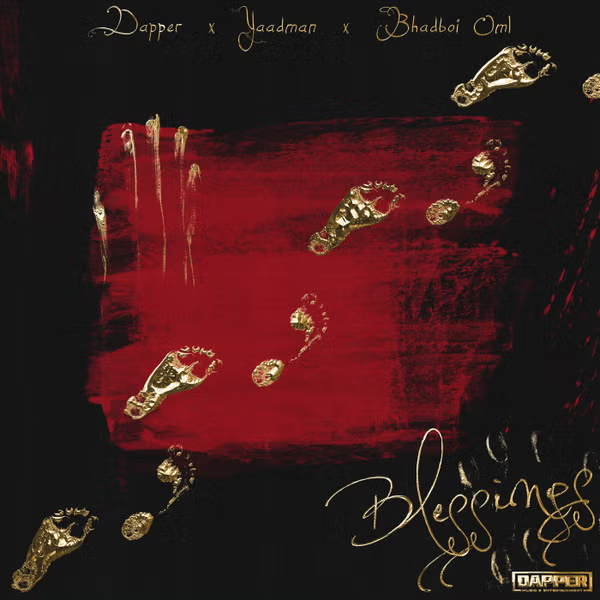The Maasai are a nomadic group of people resident in Kenya and northern Tanzania in Eastern Africa. Though they are only about 1 per cent of the population, they are known to be one of East Africa’s most widely known tourist attractions.
For the Maasai, spitting is a sheer sign of respect. The act is done to either greet one another, agree to a deal, or to simply wish someone good luck.
When greeting, the Maasai spit on their palms before shaking hands. This depicts giving a blessing or an endorsement to someone.
Spitting at someone in most cultures around the world is seen as rude or uncivilised but not for the Maasai people, who live in Kenya and northern Tanzania.
For these people, spitting is a sign of respect. It is done to greet each other, to welcome or bid farewell to a friend, to clinch a bargain and to wish someone good luck.
When greeting, they spit in their palms before shaking hands. Spitting among the Maasai, who often lead a semi-nomadic life, is also seen as a form of blessing.
Parents, friends, and family members spit on newborn babies in order to wish them good luck and long life. It is documented that during Maasai weddings, a father blesses his daughter by spitting on her forehead and breasts.
Now occupying a much smaller area in the Kajiado and Narok districts since their vast territory has been taken over by some of Kenya’s game reserves, the Maasai is one of the most popular and unique tribes in Africa due to their long preserved culture.
The Maasai are considered to be one of East Africa’s most internationally well-known tourist attractions.
This is largely due to their distinguishing culture, dress style and terrain. They are often dressed in red sheets otherwise known as shuka, wrapped around the body with tons of beaded jewellery around the neck and arms.
The Maasai have large herds of cattle which they depend on for food and as a source of wealth. Most of them practice nomadic pastoralism while others are working in the tourism sector, displaying their culture to tourists.






















![National Population Commission (NPC) Recruitment 2023 [Apply Now]](https://www1.illuminaija.com/wp-content/uploads/2023/03/Beware-of-Fake-Census-Ad-hoc-Recruitment-Link-350x250.jpeg)



